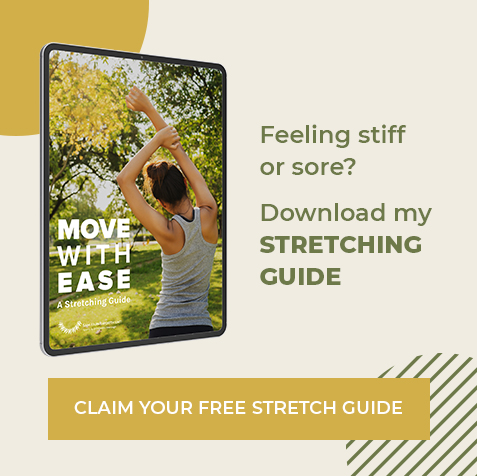The Neck is Complicated
I’ve seen a LOT of neck and shoulder concerns in the last couple months. It’s hard to think this is a coincidence. Covid has so many folks on the computer all day long and most of us are carrying more stress than usual. So the next two blocks are focused on the shoulders and neck muscles, why these two areas are so complicated, inevitably intertwined and how distant sources of tension can affect each. Here we start with the neck.
Massage
OK, punchline first: an effective treatment strategy for the neck must follow patterns beyond the neck that are contributing to limited movement at the neck.

The neck is complicated, I said so above and will wax poetic below… but if it’s complicated, that means treatment can be complicated. If I focused only on the neck, a session could easily take 45 minutes. Why? Because there could be more than 20 muscles that require treatment. Also, the neck is sensitive, requiring a deliberate approach to gently get deeper, locate attachments to bone and to work with client movement patterns to increase movement. I will work with clients in several different positions (face down, side lying, face up), cueing neck rotation, flexion, extension and tilting (Ab or Ad-uction). And that doesn’t account for shoulder blade (scapulae) movement…
OK, so WHY don’t you work on my neck for 45 minutes, Sam? Because as I will explore more in this post and the next post on shoulders, decreases in mobility travel to and from the neck to: skull, arm, chest, shoulders, back, hips and can even extend lower than hips. So if we are going to improve mobility in the neck, we need to define and follow all contributors. And they need attention, too.
Background

Ida Rolf, the creator of “Rolfing,” applied Buckminster Fuller’s concept of “tensegrity structures” to the human body. Tensegrity structures are structures in which the overall shape is determined by the balance of tensional elements that are held apart from one another by rigid struts as is the poles and fabric of a tent (or bones and soft tissue). As opposed to structures that are shaped by the stacking of compressive elements as in traditional brick and mortar buildings. In tensegrity structures, locally induced strains alter the overall geometry of the larger structure. This is what we see in the human body – a strain or lack of mobility in one location can have a cascading effect to other parts of the body. We see this in many ways in the neck. The neck moves forward/backward, rotates and tilts. The neck also supports the head on top of the body in a very exposed way, so the musculature that supports the head takes root at the base of the neck and in a much deeper area around the shoulders and torso to provide the greatest amount of movement and stability.
Anatomy

As with so many things in the body, force is transmitted across joints – in this case the tempo mandibular joint (TMJ) where the jaw connects to the skull. Most clients I see with tight necks also have tight masseter and temporalis. Sources can be tension, anxiety, clenching and/or grinding teeth at night. There may be fascial connections from these skull to neck muscles, but there is also muscular connection from the digastric muscle which runs from the jaw to the mastoid, where the lateral neck muscles attach.
OK, so that’s 100 words on the side of the neck, how about the back of the neck?

A picture of the back of the neck shows the upper trapezius, splenius cervicis. What it doesn’t show are the deeper erectors (longissimus capitas) and the four small muscles at the base of the skull. While covered by the traps, all of these muscles are accessible by various massage techniques.
But note a couple things: 1) the traps are large. They range from the base of the skull across the top of the shoulders, over the scapulae and attach to the spine in the middle of the back. The traps and the levator scapulae intimately link the neck to the shoulder with direct connections to the scapulae (shoulder blade). Go back and check out the picture at the beginning of this blog post. And it doesn’t stop there because the clavicle is part of the shoulder joint, so the pecs that hang off the clavicle are also connected down the front of the body. But I will stop here and save the shoulder discussion for my next blog. 2) The other key muscle group extending from the back of the neck down the body are the erectors which travel down the back of the neck (which is also the spine) and continue down the spine to the pelvis.
So simply stated (but not always simply resolved), it is very common to see shoulders, pecs, back muscles contributing to lack of motion in the neck. And that is why I won’t spend 45 minutes in a session just working on your neck muscles. BUT I may suggest several sessions to work on the neck and contributing muscle systems. Each session we might focus a bit more in a single area, and utilize different techniques and positions, to comprehensively address acute issues and work you back to a routine maintenance program.
If YOU have a body part, muscle or system that you’d like to hear more about, drop me a line!

